The Alabama Cooperative Extension System is a ready partner. Whether stakeholders find value in workforce development programming, agricultural research, food safety education, SNAP-Ed programming or forestry and wildlife education, Extension provides something for everyone.
Alabama Extension delivers research-based programming to help Alabamians improve their quality of life and well-being. Beyond this goal, Extension agents in the Wiregrass found an opportunity to go beyond their normal job responsibilities.
Giving Back
It began with former center director Larry Wells, a pea patch at the Wiregrass Research and Extension Center (WREC) and a 50-pound bag of peas donated to an organization that distributes perishable food to those in need.
From there, associate director Chris Parker helped agents coordinate donations of perishable food to the Society of St. Andrews after research projects were completed.
Regional Extension Agent Jessica Kelton said her first interaction with the Society of St. Andrews was at a farm and land exposition. She learned that approximately 40 percent of produce is left unharvested—that is where the Society of St. Andrews gleaning service comes in to help feed the hungry.
“I was struck by the enormity of that number,” Kelton said. “Then I realized that this was an opportunity for Extension to take community help to the next level.”
Carllee Solomon, the Center’s administrative assistant, subscribes to the “waste not, want not” mentality in her life.
“My grandmother always said, ‘waste not, want not,’” Solomon said. “I don’t like for food in my refrigerator to go to waste, and I don’t like to see produce go to waste. Here at the center, we have access to so much fresh produce that we knew we could use for good in our community.”
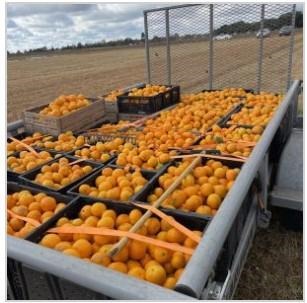
More than 8,000 pounds of satsumas were donated in 2021.
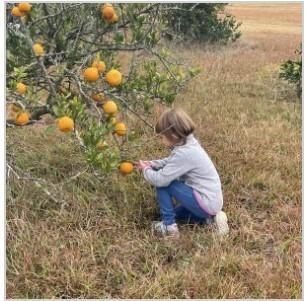
Regional agents, experiment center employees and their families harvested satsumas.
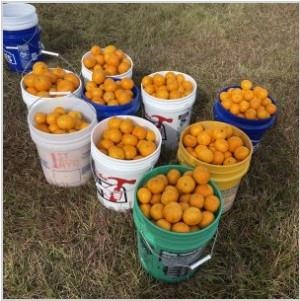
Fostering Hope, an organization that supports foster families, received 150 bags of satsumas for their families at Thanksgiving.
Taking Donations to the Next Level
In 2021, Kelton and her colleagues received a Resource Conservation and Development (RC&D) grant to refurbish a blueberry research patch for the sole purpose of donating to food distribution organizations in the area.
“With the money, we were able to replant bushes that were dying and repair the old irrigation system,” Kelton said. “Everyone at the center pitches in where they can. Our families even help with harvesting and maintenance.”
This year, agents were able to harvest 200 pounds of blueberries to donate.
During the summer Steve Li, an Alabama Extension weed scientist, conducted research with watermelons. After his research was complete, the center donated 1,500 pounds of watermelons to The Harbor, a food pantry in Dothan.
The centers’s biggest contribution to their area was a Thanksgiving donation of 8,000 pounds of satsumas. Bags of satsumas for 150 families were donated to Fostering Hope in Dothan, but that wasn’t all.
“After the bags were shared to foster families in the area, the Society of St. Andrews volunteers picked, loaded and distributed the satsumas to locations all over the state,” Kelton said. “There were more than 40 volunteers out here picking satsumas.”
Making a Difference
Solomon said she grew up in Headland, but did not realize the significance of the research at the center she passed on a regular basis.
“Our satsuma trees are part of ongoing research about the best growing conditions for them in our area,” Solomon said. “We are working to learn about the ideal growing temperatures, the best growing soil types and management practices that would be beneficial to growers.”
Solomon said it was important to the center employees to use the fresh produce to make a difference in the lives of members of their community.
The Bigger Picture
Kelton said that while the initial idea to revamp the blueberry research patch was hers, the task is not hers alone. All of the agents and employees who work at the center have bought in to this community outreach. In addition, their families help tend and harvest the patches because they believe in helping the community.
“If we step back and look at the bigger picture, we are still doing the work of Extension, but in a different way,” Kelton said. “We take for granted that we can buy fresh fruit at the drop of a hat. Extension is tasked with helping growers be productive, so we are doing that with research. But we can do more and do better by using research plots to make a difference and feed our community.”
Kelton estimates 2021 contributions to area food pantries and to the Society of St. Andrews will be close to 12,000 pounds. Her hope is that this is just a jumping off point.
“We hope to continue to increase our contributions and to continue to be good stewards of the land we manage and the produce that it grows,” she said.
Solomon said that as employees of Auburn University center staff earn eight hours of paid community service leave annually. The late November satsuma harvest gave her a community service opportunity at the research center near and dear to her heart.
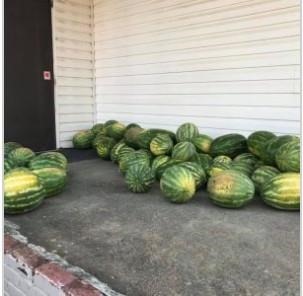
WREC donated approximately 1,500 pounds of watermelons to local food banks.
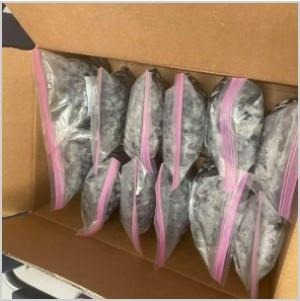
Blueberries bagged and ready for distribution to Fostering Hope in Headland, Alabama.
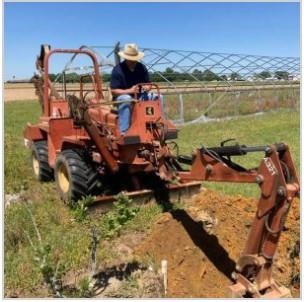
Neil Kelley, a regional Extension agent, working to repair irrigation lines for the blueberries. Repairs were made possible by an RC&D grant.
Social Media
Solomon said one of her goals as a center employee is to educate the public on the important work done on-site. She uses social media to post updates about research plots, donation efforts and gleaning opportunities.
“I grew up near the center and didn’t realize how much important work happens here,” Solomon said. “I hope to use social media to educate the public and help them understand the significance of Extension research. But I also want our neighbors to know we are working to make our community a better place.”
Source : aces.edu